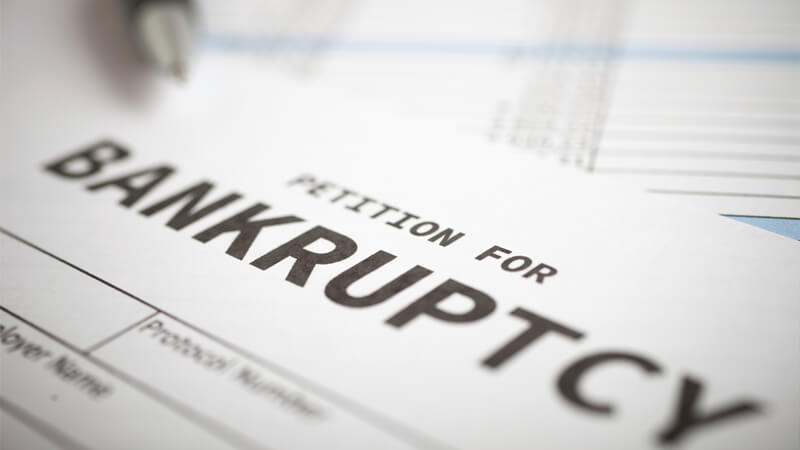Bankruptcy is a process which allows individuals and businesses to eliminate or repay some or all of their debts. The process is in place to give you, as a debtor, protection and a second chance after suffering financial hardships. Consider these words from a Supreme Court decision in 1934, which ensured the process would be welcome and fair for all:
“[Bankruptcy] gives to the honest but unfortunate debtor … a new opportunity in life and a clear field for future effort, unhampered by the pressure and discouragement of preexisting debt.”
Basic terms and concepts
In order to understand the process, you first want to familiarize yourself with some of the basics:
- The parties involved in a bankruptcy case are the debtor (the person or business unable to repay their debts), the creditors (those who are owed money), the trustee (the person appointed by the bankruptcy court to supervise the debtor’s affairs) and the bankruptcy judge.
- For the most part, bankruptcy proceedings take place outside of a courtroom. In fact, there is little interaction between a debtor and a bankruptcy judge. The proceedings are overseen by the trustee and meetings are usually held at his or her office rather than a courtroom.
- The process involves liquidating (selling) certain assets or creating a repayment plan to provide a clean slate for the debtor. The bankruptcy process begins with the filing of a petition, which lists all of a debtor’s income, expenses, assets, debts and other miscellaneous financial information.
- There are different types of bankruptcy proceedings depending on the debtor’s financial situation. The most common forms include Chapter 7, which is a straight bankruptcy; Chapter 11, company or individual reorganizations and Chapter 13, debt repayment by means of payment plans. Also, rules regarding the bankruptcy process can vary depending on location.
Why bankruptcy exists?
Prior to bankruptcy, those unable to pay their creditors would be placed in a debtor’s prison and would be released only after they either worked off their debt or secured outside resources. This practice was prevalent until the mid-1800s and befell many notable Americans, including two founding fathers – James Wilson one of the original Supreme Court justices and Robert Morris, senator, congressman, and influential member of President George Washington’s administration. It was actually the imprisonment of Robert Morris that began to change how bankruptcy is handled and perceived in this country.
Many events, including the economic crisis after the War of 1812, began to shape and change the legislature’s view on bankruptcy. The country moved away from regarding it as a criminal issue, and realized solutions were needed to solve the problems of businesses and individuals who have suffered loss. It took the rest of the 19th century for congress to pass the Bankruptcy Act of 1898, which is the birth of the modern concept of bankruptcy. The process exists today to forgive debts that cannot be paid, while benefiting the economy by providing individuals and businesses a second chance.
Why it’s an important option
Bankruptcy might be the best option for those seeking debt relief. An advantage of filing for bankruptcy is the protection it provides the debtor. For instance, filing for bankruptcy establishes an automatic stay, which prevents creditors from taking legal action to collect their debts. This means they cannot call, sue, garnish wages or send letters of collection. Another advantage is that the bankruptcy process wipes your debts clean, depending on the type of filing.
The process is not intended to punish debtors but to protect and offer them a fresh start. Many Americans have found the process beneficial, as it allowed them to move on with their lives, both financially and personally.
Additional information
It is important to note that you don’t have to go through the bankruptcy process on your own. MyHorizon provides bankruptcy services, resources and products to assist you in sharpening your bankruptcy knowledge and throughout the filing process.



